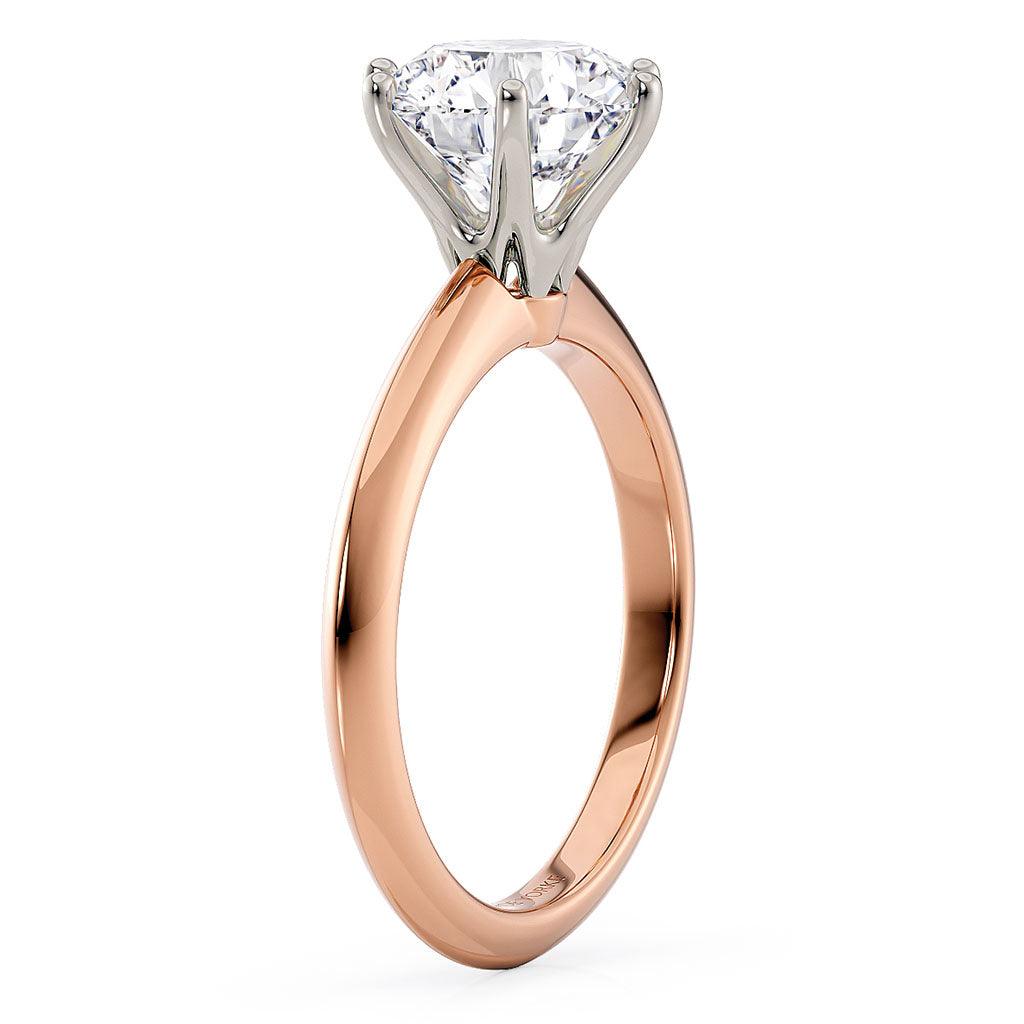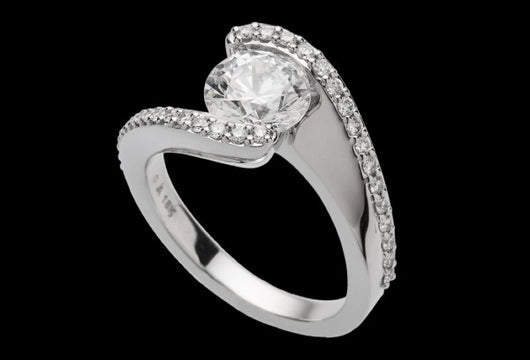Claws for Lab-Grown Diamond Rings: A Comprehensive Guide to Settings and Security

When choosing an engagement ring or any fine jewelry featuring lab-grown diamonds, the setting plays a crucial role in showcasing the stone’s beauty and ensuring its security. Among the various setting options, claw settings—also known as prong settings—are a popular choice due to their elegance and effectiveness. This guide explores the features, benefits, and considerations of claw settings for claws for lab grown diamond rings, helping you make an informed decision for your precious gem.
What Are Claws (Prongs) in Ring Settings?
Claws, or prongs, are small metal projections that hold a diamond securely in place within a ring setting. These prongs grip the diamond’s girdle (the widest part of the stone) to prevent it from moving or falling out. The number and arrangement of prongs can vary, man made diamonds, influencing both the ring’s aesthetic and functionality.
Benefits of Claw Settings for Lab-Grown Diamonds
- Maximized Brilliance:
- Light Exposure: Claw settings allow maximum light to enter the diamond from various angles, enhancing its brilliance and sparkle. The minimal metal coverage ensures that the diamond’s facets are prominently displayed.
- Showcase of Beauty: By elevating the diamond above the band, claw settings ensure that the stone’s natural fire and scintillation are fully visible, making it the focal point of the ring.
- Versatility:
- Design Flexibility: Claw settings can be adapted to various ring designs, from classic solitaires to intricate halo settings. They complement different diamond shapes and sizes, making them suitable for a wide range of styles.
- Customization Options: The number of prongs and their arrangement can be tailored to fit the specific dimensions and requirements of the lab-grown diamond, allowing for personalized and unique designs.
- Secure Placement:
- Stability: Properly designed claw settings provide a secure hold for the diamond, minimizing the risk of it becoming loose or falling out. The prongs wrap around the diamond’s girdle, ensuring it stays firmly in place.
- Regular Maintenance: Periodic checks by a jeweler can ensure that the prongs remain secure and that the diamond stays safely set.
Common Claw (Prong) Settings
- Four-Prong Setting:
- Description: The classic claw setting where four prongs hold the diamond at its corners. This setting is often used for round brilliant cuts and offers a balanced view of the diamond.
- Advantages: Provides a clean and unobstructed view of the diamond while ensuring secure support.
- Six-Prong Setting:
- Description: Uses six prongs to secure the diamond, commonly found in engagement rings with round cuts. The additional prongs offer extra security and a slightly more detailed appearance.
- Advantages: Provides added protection for the diamond, especially useful for round and oval cuts.
- Three-Prong Setting:
- Description: A less common but striking design where three prongs hold the diamond. This setting is often used for unique or modern designs.
- Advantages: Offers a distinctive look while still securely holding the diamond.
- Bezel Setting (Alternative):
- Description: Although not a claw setting, the bezel setting encircles the diamond with a metal band, offering a different style that provides complete security.
- Advantages: Provides excellent protection for the diamond’s edges, ideal for those with active lifestyles.





